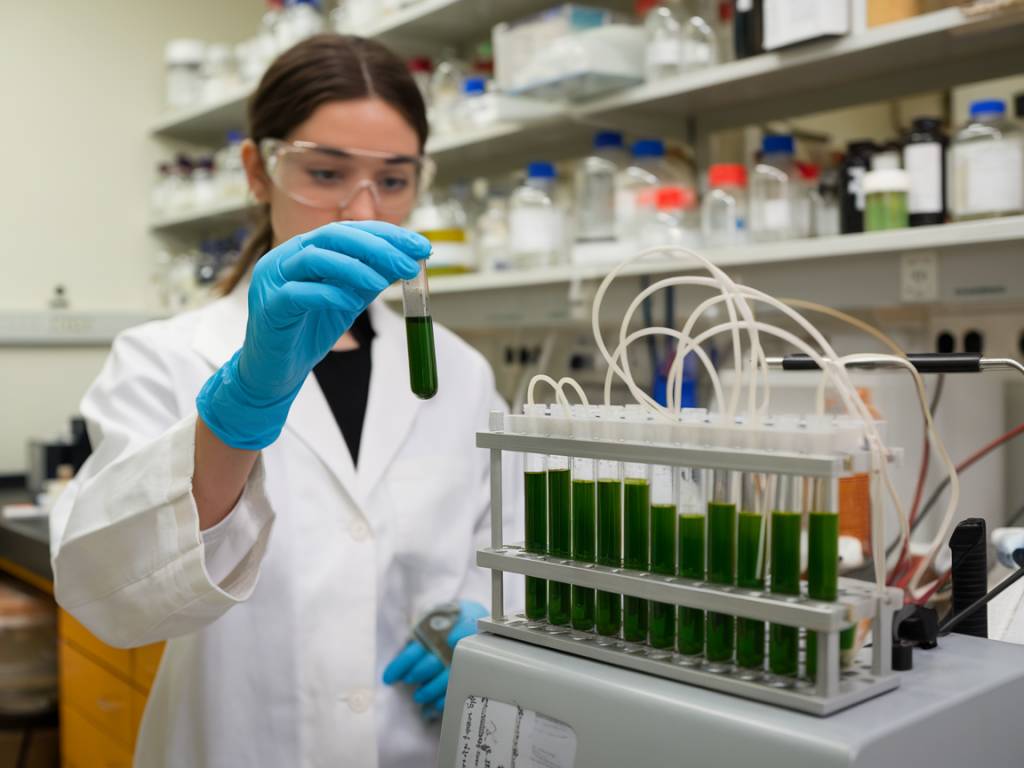In recent years, the awareness surrounding PFAS (Per- and polyfluoroalkyl substances) has skyrocketed, thanks to ongoing research and public health advocacy. These substances, often dubbed “forever chemicals” because of their persistence in the environment and human body, pose significant health risks. But don’t worry, innovation is at the forefront, bringing cutting-edge solutions to detect and remove PFAS from our ecosystems. So, what’s new on the horizon in the battle against these stubborn pollutants?
Understanding PFAS: The Invisible Menace
Before delving into the innovations, let’s address why PFAS are so concerning. These man-made chemicals have been used in various industries since the 1940s, primarily for their water and stain-resistant properties. You’ve encountered them in non-stick cookware, water-repellent clothing, and even food packaging. While their convenience is undeniable, PFAS have infiltrated our water supplies, soil, and even the air we breathe. Research links them to numerous health issues, including cancer, hormone disruption, and immune system effects.
Detecting the Indetectable
Historically, PFAS detection was a complex, time-consuming process, often requiring samples to be sent to specialized labs for analysis. The good news is that technological advancements are changing the game.
Portable Detection Tools
Imagine being able to test water quality for PFAS quickly and accurately without needing advanced laboratory equipment. Portable sensors are making this a reality. These devices utilize cutting-edge technology, such as fluorescence-based detection, to identify PFAS in water sources. As their accuracy and affordability improve, these tools have the potential to empower communities and industries alike to monitor their water safety proactively.
Advancements in Analytical Techniques
Recent innovations in analytical chemistry have also made it possible to detect PFAS at much lower concentrations than before. Techniques like High-Resolution Mass Spectrometry (HRMS) have become more accessible, offering precise detection capabilities and the ability to identify a broader range of PFAS compounds. This is critical, given that over 4,000 different PFAS chemicals exist.
Revolutionizing PFAS Removal
Detection is only half the battle. Removing these persistent chemicals requires a combination of scientific rigor and technological innovation. Here’s where we stand on PFAS removal technologies today:
Activated Carbon Filtration
Activated carbon has been a go-to method for removing contaminants, including PFAS, due to its high adsorption capacity. Recent research has refined this process, developing specialized carbon materials that target specific PFAS compounds more effectively. Moreover, regeneration techniques for activated carbon are improving, enhancing its sustainability as a long-term solution.
Ion Exchange Resins
These resins work by exchanging ions with PFAS molecules, effectively pulling them out of water supplies. Innovations have led to the creation of resins with improved selectivity and capacity, making them more effective and economically viable for large-scale applications.
Beyond Conventional Methods: Emerging Innovations
While traditional methods have been successful to some extent, novel approaches promise even greater efficiency and broader applicability.
Electrochemical Treatment
By passing an electrical current through contaminated water, electrochemical treatment can break the carbon-fluorine bonds in PFAS—a bond notoriously resilient to most treatment processes. This method not only degrades PFAS but also mineralizes them, essentially eliminating these chemicals without creating hazardous byproducts.
Nanotechnology Approaches
Introducing the exciting realm of nanotechnology, which offers innovative solutions for PFAS removal. Engineered nanomaterials can serve as highly effective adsorbents due to their large surface areas and functionalized surfaces. Research is ongoing to develop nanoparticles that are not only efficient in capturing PFAS but also environmentally sustainable and cost-effective.
Harnessing Nature: Phytoremediation
Could plants hold the key to cleaning up PFAS contamination? Phytoremediation, whereby specific plants are used to extract or degrade pollutants from the soil and water, is an exciting area of research. Certain plant species can uptake PFAS from the environment, offering a natural, sustainable, and visually appealing solution to contamination.
A Collective Effort: Policies and Collaboration
Innovative detection and removal methods are crucial, but they must be underpinned by supportive policies and collaborative efforts. Governments worldwide are beginning to recognize PFAS as a pressing public health issue, leading to stricter regulations and the promotion of research and development. This collective effort is vital to ensure that technological advances translate into real-world impact.
Moreover, cross-sector collaborations, including public-private partnerships and community-led initiatives, can accelerate the adoption of innovative solutions. By fostering dialogue and knowledge sharing, these collaborations ensure that the best practices are employed across different regions and industries.
As we continue to unravel the complexities of PFAS contamination, it’s evident that the path forward lies in innovation, collaboration, and a commitment to public health. Through the integration of advanced detection and removal technologies, we can move towards a world where PFAS no longer threaten our ecosystems or our health. And as we venture down this path, let’s remain inspired by the optimism that each advancement in this field brings us one step closer to a cleaner, safer environment for all.






More Stories
Corporate wellness programs: how to integrate health monitoring devices?
What corporate health technologies can boost employee well-being?
Workplace health: what are the benefits of using recycled water?